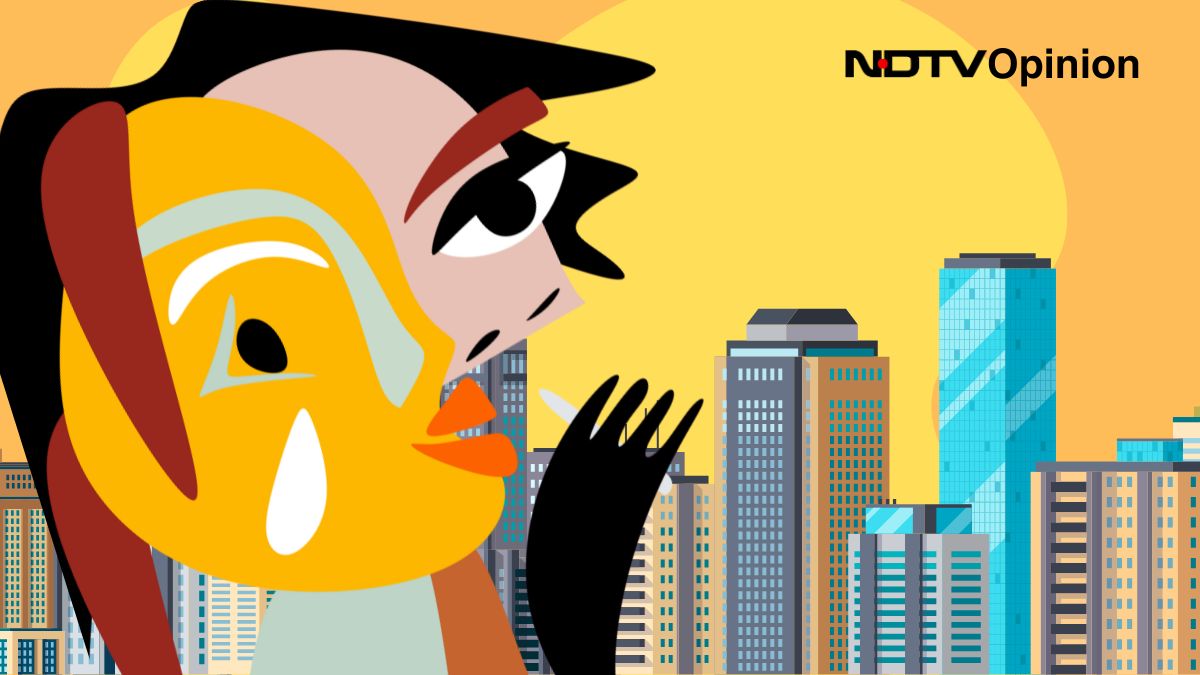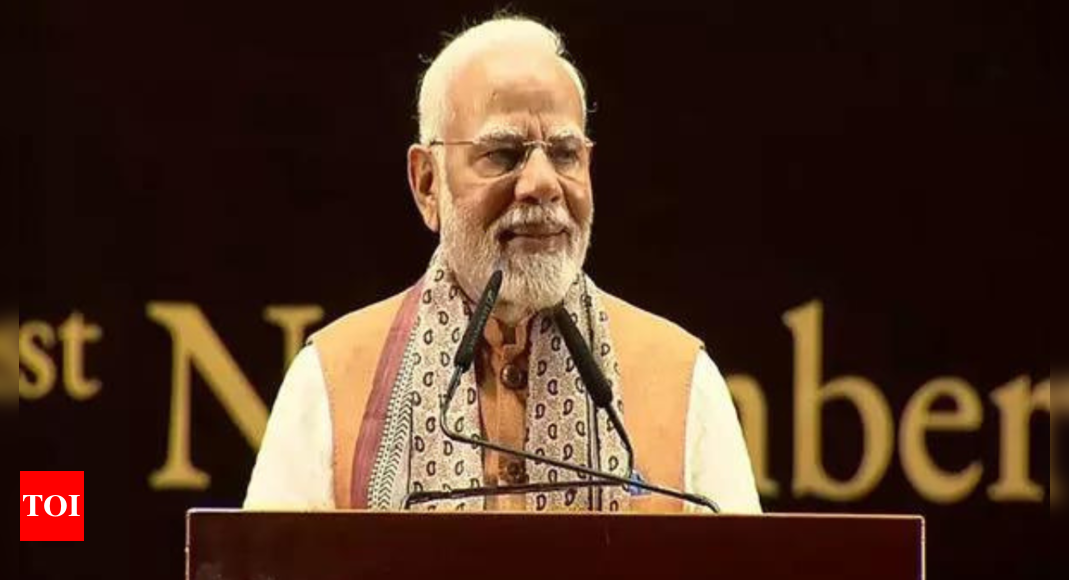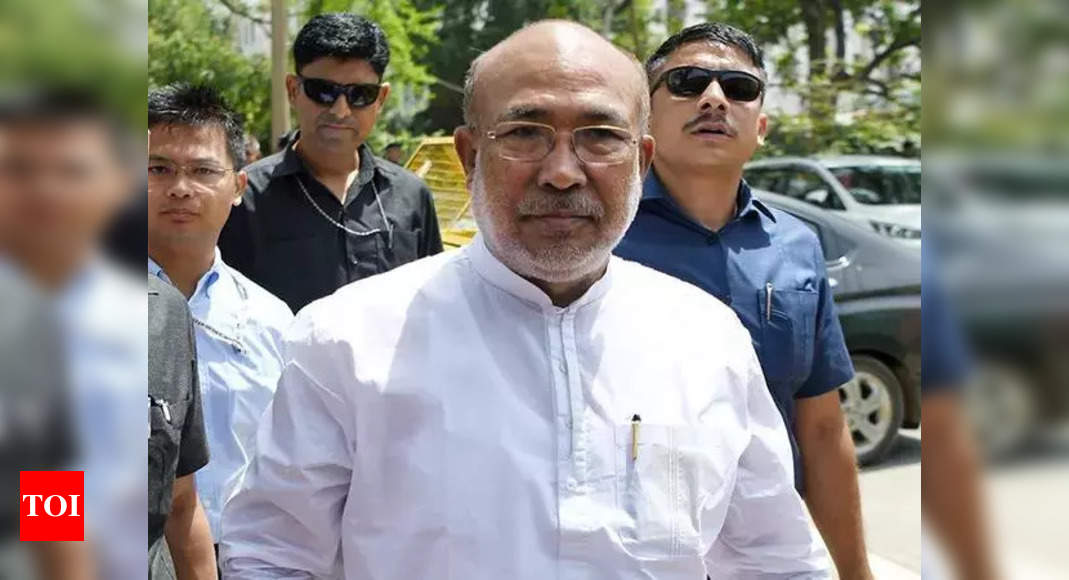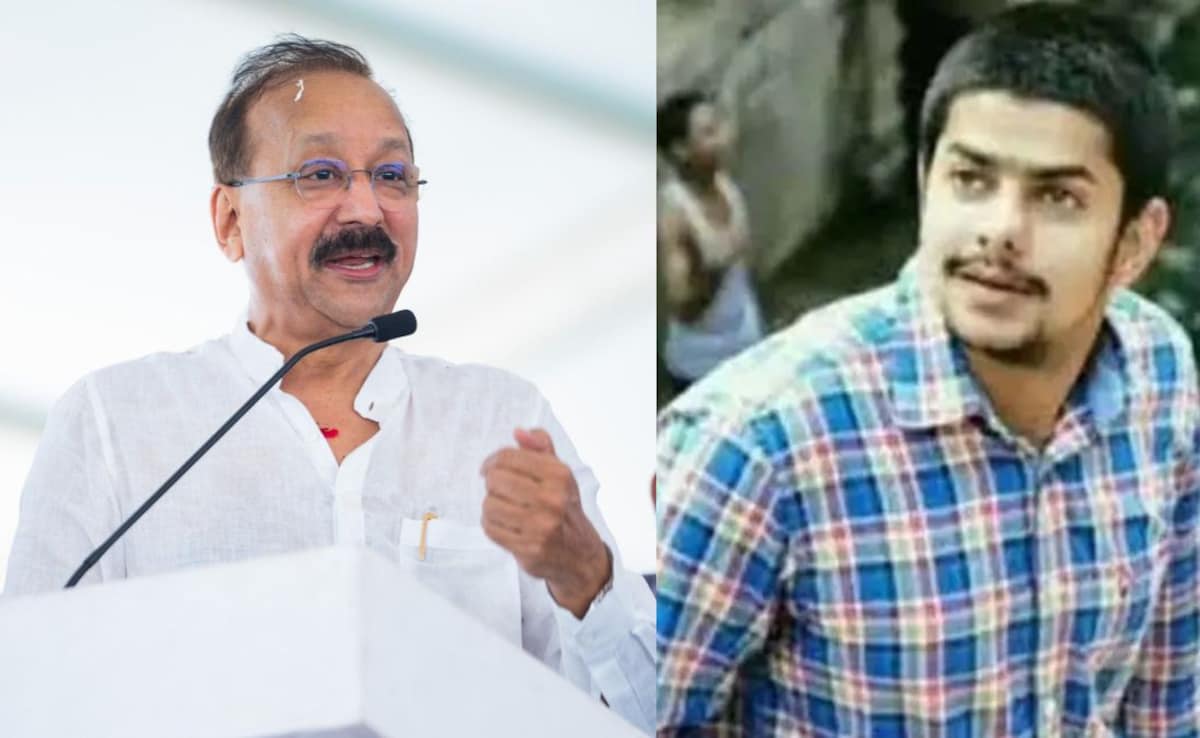
There comes a point in the life of every 30-something Indian woman where many interactions take the form of an explanation. The pressing issue to be addressed is this: “What’s a brilliant girl like you doing single?”
30s, A Graveyard
You’d think the legalisation of homosexuality, new flourishing pockets of polyamory and open relationships, the fluidities in gender and sexuality and self-expression, would’ve dulled the kind of thinking that prompts people to ask such questions. But even the young and supposedly open-minded let slip their belief now and then that 30 is some kind of a graveyard, after which life either ends or is not as meaningful as it once was. A young man was recently telling our common friend about “a really old woman” he was lucky to have sex with. “She was, like, 31 or something, dude,” he bragged, before realising his faux pas.
Another Gen-Z woman told me “I’ll never be Gen-Z, no matter how hard I try”. I wondered if the implication was that I was too old to be so online, or that I was not as good at it as she was, or that instead of being so up-to-date with memes and popular discourse, I should do something more age-appropriate. The internet is, after all, riddled with girl-math and boy-math-never woman-math.
But when you are content with your life and its discontents, you don’t want to engage with anyone who doesn’t get it. Especially when you can just write a column about it.
Young, Sweet Love
So, let me tell you (almost) everything: At the age of 29, I was in perhaps the best relationship of my life with a cool, caring and emotionally stable man I’d known for years, who had a family that I’d have been honoured to enter. Just a few weeks into our relationship, I knew that I should marry him, but by our two-year anniversary, when we were at a crossroads about what to do next, I felt I’d changed too much. “Settling down” suddenly seemed too distant from who I felt I was becoming, even though I’d been anxious to get married throughout my late twenties. Maybe it was distaste at having chased something so externally imposed that made me want to upend it, or maybe it was something deeper (it was definitely something deeper. My parents are divorced and my family is dysfunctional, and I have been subject to my own creative, destructive self-sabotage for a long time now).
Either way, I was trying to discard the imposed and honour the internal. My twenties had been driven by the need to succeed at every task thrown my way, despite familial troubles, all some form of survival disguised as decorum. But I now intended to live my many unlived lives: I moved out of our shared apartment into a one-bedroom flat – a veritable ‘Room with a View’ – in which I started writing more, painting for the first time, thinking and working fully without disruption. I loved my solitude, which also I’d never allowed myself, because even outside of your gender, living and doing things alone, and enjoying them no less, is considered ‘weird’ at best. I wanted to date freely and widely, to understand what really suited me, to devote more time to my many friendships, without romance or marriage becoming the fulcrum for the rest of my life. I’d seen much harm ensue from people doing things just because other people were doing them too.
I wanted to be a sovereign individual, in short.
I Now Understand Carrie Bradshaw
Favourable or not, this was the honest thing to do. From Virginia Woolf to Carrie Bradshaw – whose room with a view was in expensive New York City ( even in Bengaluru, I work multiple non-writing jobs to sustain my mostly modest lifestyle) – writers especially want this kind of solitary freedom. The first time I watched Sex and the City last year, however, just after I turned 30, my reaction to Carrie’s life was not a kindred “I’m just like her fr“. I was way more judgmental. Her initially crazy behaviour with Big notwithstanding, I thought her dresses were too floozy and her columns simplistic and her attitude too carefree – not dark and brooding and real, like mine – and her pursuits too meaningless. Going out every night, meeting new people, buying more shoes than she could afford… What kind of 30-year-old woman does that? She was being such a… girl… I realised, in horror.
She was being what I could never be at home, as the eldest daughter to perfectionistic Tamil Brahmin parents: unbothered, free, promiscuous, cute, silly, often stupid, at least financially, if not romantically too. She was being what I found it hard to be even now, due to both internal and external deterrents. Unlike in New York City, a Bangalorean landlady might still tell you things like “don’t allow boys to enter for your own safety”. When I told this woman that I had male friends, she asked me whether I was “really Brahmin”. Another landlady flat out refused to rent to a single woman because “if something happened to me”, she’d be responsible.
There Is No Right Way To Live
So, when you walk away from such well-trodden paths, the pressure to display satisfaction and success intensifies. Carrie was one of TV’s first female protagonists to portray women as desiring beings, rather than just desired objects. She doesn’t just take what she gets – not always; she tries to be a discerning customer, at least. And like her, despite choosing authenticity over safety, I too experience doubt. I might catch myself thinking like the ‘society uncle and aunty’, who’d wonder about how much money I’m making or how big my house is or how many followers I have or how likely I am to get married in the next few years. After all, what do I have to show for my deviance?
But if there’s one thing I’ve learnt from my Robert Frost era, it discourages this kind of habitual comparative evaluation, normalised by the hypercompetitive Indian coming-of-age experience. I have to keep reminding myself of it, but the only lesson is this: There is No Right Way to Live.
On Love And Lovers
In just the past few weeks, as I was travelling through Goa and Kerala, I wondered sometimes what “settling down” might look for someone like me. I met people from, as ChatGPT might say, “all walks of life”. It started with an old friend ringing to tell me he was back in the city, on a sort of a sabbatical, an unimaginable luxury for ’90s Indian kids who were repeatedly asked to excel.
We spent the day yapping – if I may be so bold, my Gen-Z readers – and then met a few of his friends. The single ones chatted about how romance is irrevocably different in our 30s than in our 20s. It’s less about giving into chemistry and more about overcoming the attachment styles and subconscious patterns that lead to exciting but otherwise unsuitable partners. Another was in an open relationship with her primary partner for nearly a decade, with girlfriends and boyfriends in other countries too. Another bemoaned his inability to fall in love after his most serious relationship ended badly. Another old friend texted me about the end of their marriage after years of being together.
From this colorful scene, my friend and I departed to meet two other friends, a married couple, who might be the poster child of the ‘New-Indian-Happily-Married-Hindu’ Family. Like the other couples I’ve hung out with of late, they too briefly made me long for the traditional monogamous setup. We talked until 3 am, and I woke up the next day to meet a friend I’d made in Goa. He’d moved there to “be more queer”, after realising that the more metropolitan cities wouldn’t offer him the life he wanted. We flirted with the idea of dating, but my now familiar commitment-phobia reared its head again. I was hardly out of a situationship with an ex who had once been a favourite, but was now completely wrong for me, thanks to chemistry coupled with traumatic highs and lows.
Talk about being romantically stupid, well past the age for it.
Who Doesn’t Have ‘Problems’?
Fortunately, it didn’t take me long to forget about him, because I matched with interesting, desirable people on the multiple apps you can now be on-from Bumble and Hinge and Feeld to, yes, even… Shaadi.com. Many people find these platforms hellish, and I might too eventually, but if you’re an anthropologist as I sometimes get to be, it’s easier to trade outcomes for observations and stories. I’m still not sure what I want, but I’ve met a wildlife researcher whose first conversation with me included an image of a bear standing on one of his weighing scales. I’ve also met lawyers and designers and writers and artists and technology brothers, and couples and divorcees and singles and weirdos and non-weirdos – some chronically online and others not – and what I’m learning is something no relationship coach or matchmaker will ever tell me, but what feels most important to know: there is no right way to live.
No one seems objectively happier than the other. No one seems to not have any problems. Some of these problems are despite following the well-trodden path. Some of them are from walking away from it, understandably. A lot of problems come from wondering if the problems are even legitimate, and whether others could or would or should have them.
For now, I am here to confirm: they do have problems, and they’re quite like yours, and you’re okay.
And I’m okay too, I think.
(Sanjana Ramachandran is a writer and the founder of storyfied.in, a marketing agency)
Disclaimer: These are the personal opinions of the author









